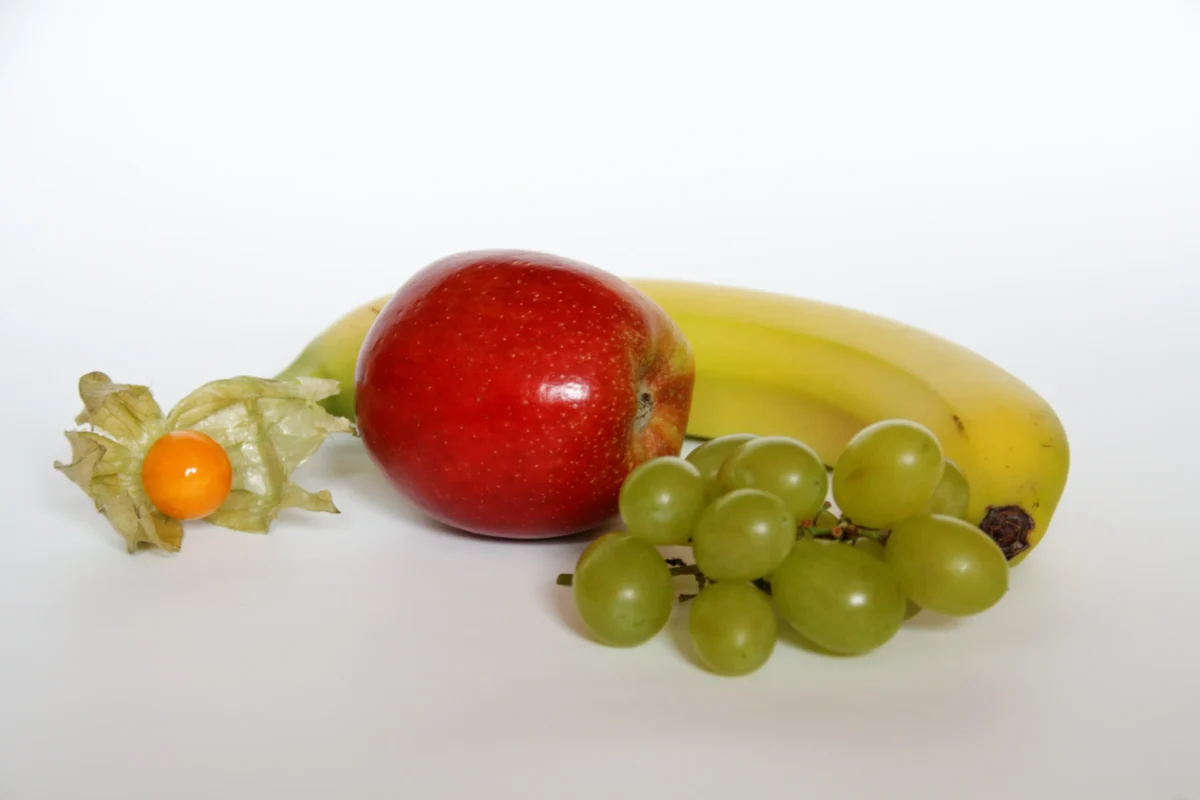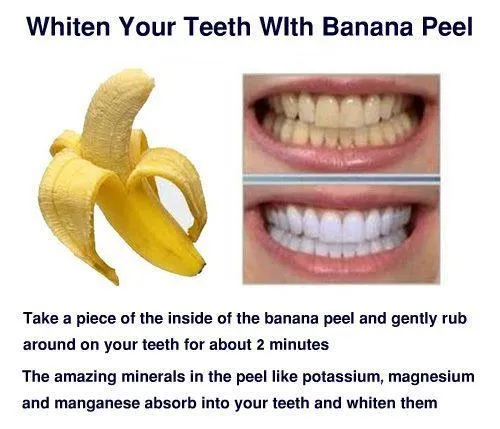The Fascinating Science Behind Why Banana Skins Split: Explained and Prevented
Bananas are a beloved staple in any fruit bowl or smoothie; but have you ever stopped to wonder why banana skins split? In this article, we’ll dive into the fascinating world of bananas, exploring their origins and what causes their skins to split. We’ll also examine how ripeness, temperature, and handling can impact this process and offer valuable tips and tricks for preventing it. Whether you’re a seasoned banana enthusiast or just curious about this fruit, read on to learn more!
An Introduction to Bananas and Their Origins.
Bananas are a beloved fruit that have been enjoyed by humans for centuries. They are thought to have originated from the tropical regions of Southeast Asia, specifically in the jungles of Malaysia and Indonesia.
The first recorded instance of bananas being cultivated was in Papua New Guinea around 7,000 years ago. From there, they spread throughout Southeast Asia and eventually made their way to Africa through trade routes.

It wasn’t until the 15th century that bananas were introduced to Europe by Portuguese explorers who discovered them on their travels to West Africa. However, it wasn’t until the 1800s that they became widely available in Europe and North America due to advancements in transportation technology.
Today, bananas are grown all over the world in tropical climates and are one of the most popular fruits consumed globally. They are a great source of potassium and other essential nutrients, making them not only delicious but also incredibly healthy.
While many people may associate bananas with their bright yellow color, there are actually many different varieties with varying colors such as red or green. Additionally, they can be eaten raw or cooked in a variety of dishes from banana bread to savory curries.
Overall, bananas have a rich history and cultural significance worldwide as well as being an important part of our diets today.
What causes banana skins to split?
Banana skins splitting is a common phenomenon that can leave many scratching their heads. However, the answer to this seemingly simple question lies in the biology and chemistry of bananas.
Bananas contain high levels of enzymes, specifically amylase and pectinase, which are responsible for breaking down starches and cell walls respectively. As bananas ripen, these enzymes become more active, causing the fruit to soften and sweeten.
However, as the banana continues to ripen, its skin becomes thinner and weaker due to increased levels of ethylene gas produced by the fruit itself. This makes it more susceptible to splitting under pressure or impact.
Additionally, environmental factors such as temperature changes or physical damage can also contribute to banana skin splitting. This is because these factors can cause moisture loss within the fruit, leading to a weakened skin that is more prone to breaking.
In conclusion, while banana skin splitting may seem like a simple issue on the surface level, it is actually influenced by multiple complex biological and environmental factors. Understanding these factors can not only help prevent banana waste but also provide insight into how we interact with our food on a molecular level.
The effects of ripeness, temperature, and handling on banana skin splitting are significant.
Bananas are one of the most popular fruits in the world, but did you know that ripeness, temperature, and handling can all affect how easily their skins split? It’s true – even seemingly small changes in these factors can have a significant impact on the integrity of a banana peel.

Firstly, let’s talk about ripeness. Bananas that are too ripe tend to have softer skin that is more prone to splitting. This is because as bananas ripen, their skin becomes thinner and more delicate. So if you’re looking for a banana with a sturdy peel that won’t break apart in your hands, aim for one that’s still slightly green at the stem end.
Next up: temperature. Believe it or not, keeping bananas at cold temperatures can actually make them more susceptible to splitting. This is because when bananas are chilled, their skin becomes less pliable and more likely to crack under pressure. If you want your bananas to stay intact for longer periods of time, store them at room temperature instead.
Finally: handling. The way you handle your bananas can also play a role in whether or not their skins split. Rough handling during transport or storage can cause bruises and other damage that weakens the integrity of the peel. To avoid this issue, be gentle when picking out your bananas at the grocery store and make sure they’re packed carefully when transporting them home.
In conclusion, while banana skin splitting may seem like a minor issue, it’s actually something worth paying attention to if you want to enjoy fresh fruit without any mishaps! By understanding how ripeness, temperature, and handling impact banana peels’ strength and durability , you’ll be better equipped
Tips for preventing banana skins from splitting.
Bananas are a delicious and nutritious fruit that are enjoyed by people all over the world. However, one common issue that many banana enthusiasts face is the dreaded banana skin split. This can be frustrating for those looking to enjoy their fruit without any hassle. Luckily, there are tips and tricks you can employ to prevent this from happening.
Firstly, it’s important to handle your bananas with care. Avoid squeezing or pressing down on them too hard, as this can cause the skin to split prematurely. Instead, gently pick up each banana by its stem and handle it delicately.

Another tip is to store your bananas properly. Keep them in a cool and dry place out of direct sunlight or heat sources, as exposure to these elements can cause the skins to dry out and split.
Additionally, consider purchasing bananas at different stages of ripeness. If you plan on consuming them immediately, opt for ripe bananas with yellow skins that have just begun to develop brown spots. If you’re looking for longer-lasting options, choose green or partially green bananas that will continue ripening over time.
Finally, if all else fails and you still end up with a few split banana skins in your bunch, don’t despair! These fruits are still perfectly edible and can be used in smoothies or baked goods without any issues.
In conclusion, preventing banana skin splitting requires some careful handling and storage techniques but is ultimately achievable with a bit of effort on your part. So go forth confidently into your next bunch of bananas knowing that you have the knowledge needed to enjoy them fully!
Check out our other articles to find out even more about banana.
Bananas are a beloved fruit and an important part of many people’s diets. By understanding what causes banana skins to split, as well as how ripeness, temperature, and handling all factor into the equation, you can take steps to prevent splitting and make sure that your bananas last longer! If you want to learn even more about this tropical fruit—including its origins—make sure to check out our other articles.











